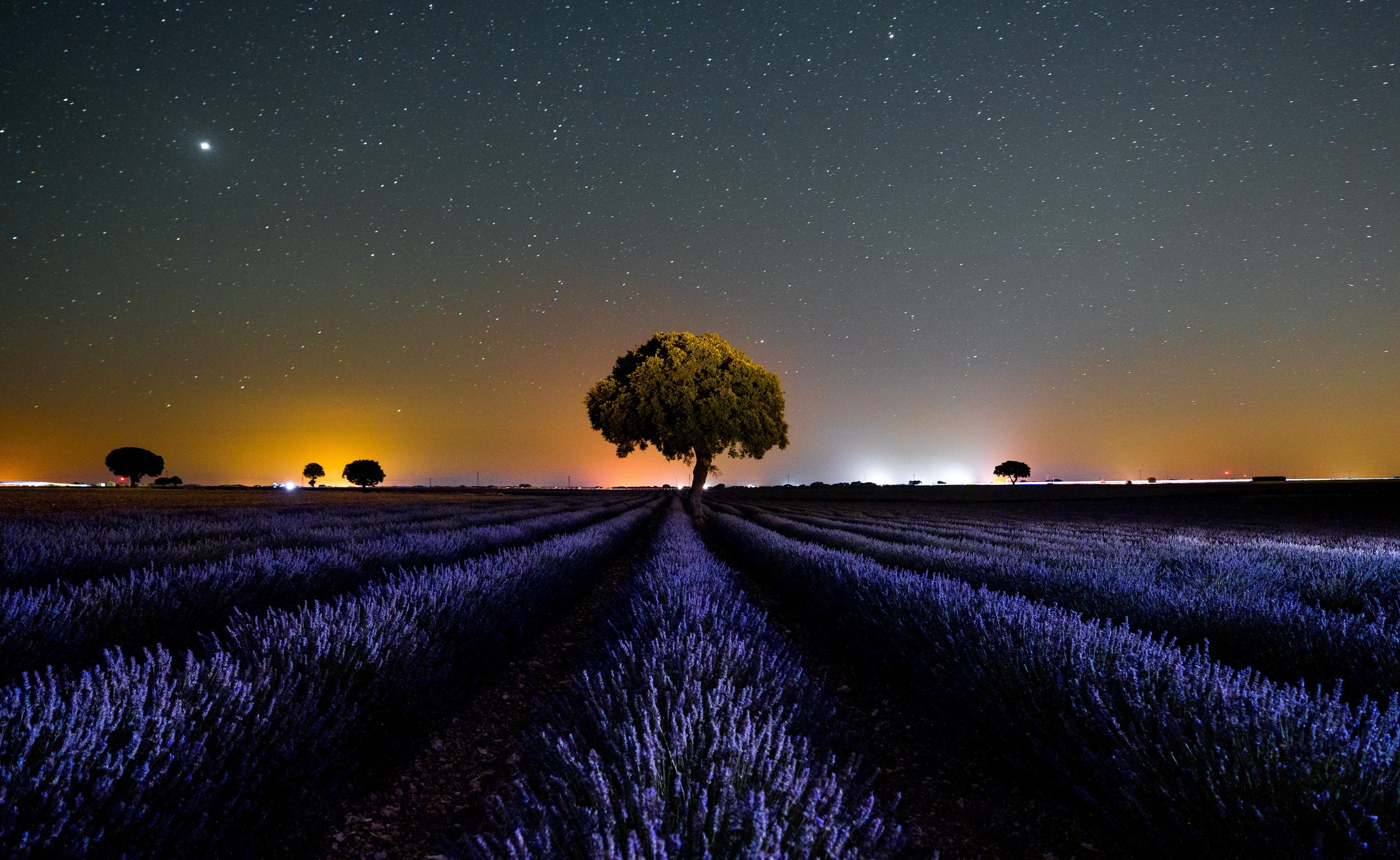
Landscape Photography
Landscape photography is a beautiful and rewarding form of artistic expression that allows photographers to capture the natural beauty of the world around us. Whether you are a beginner or an experienced photographer, there are always new techniques to learn and master in order to take stunning landscape photographs.
In this article, we will discuss some basic and advanced techniques for landscape photography that will help you to capture breathtaking images of the great outdoors.
Basic Techniques for Landscape Photography
Composition is key: One of the most important elements of any photograph is its composition. When composing a landscape photograph, consider the placement of the horizon line, the balance of elements in the frame, and the use of leading lines to draw the viewer's eye through the image.
Use a tripod: A tripod is an essential tool for landscape photography, as it allows you to keep your camera steady and prevent blurry images. It also allows you to use longer exposures, which can be particularly useful for capturing the movement of clouds or water.
Experiment with different focal lengths: Landscapes can be captured with a variety of focal lengths, from wide angle to telephoto. Experiment with different focal lengths to see how they affect the composition and perspective of your images.
Pay attention to the light: The quality and direction of light can greatly impact the mood and atmosphere of a landscape photograph. Soft, diffuse light is often preferred for landscape photography, as it helps to evenly illuminate the scene and minimize harsh shadows.
Advanced Techniques for Landscape Photography
Use filters: Filters can be used to enhance the colors and contrast of a landscape photograph, or to achieve creative effects such as long exposures or starbursts. Popular filters for landscape photography include polarizing filters, graduated neutral density filters, and ND filters.
Shoot in RAW: Shooting in RAW format allows you to capture the maximum amount of detail and dynamic range in your photographs, which can be particularly useful for landscapes with a wide range of tonal values.
Use manual focus: Autofocus can be problematic in landscape photography, as it may not always accurately focus on the desired element in the scene. By switching to manual focus, you can ensure that your camera is focusing exactly where you want it to.
Try panoramic photography: Panoramic photography allows you to capture a wider view of a landscape by stitching together multiple images. This can be done manually with a tripod and a panning head, or with specialized software.
By incorporating these basic and advanced techniques into your landscape photography, you will be well on your way to creating stunning images of the natural world. Happy shooting!
